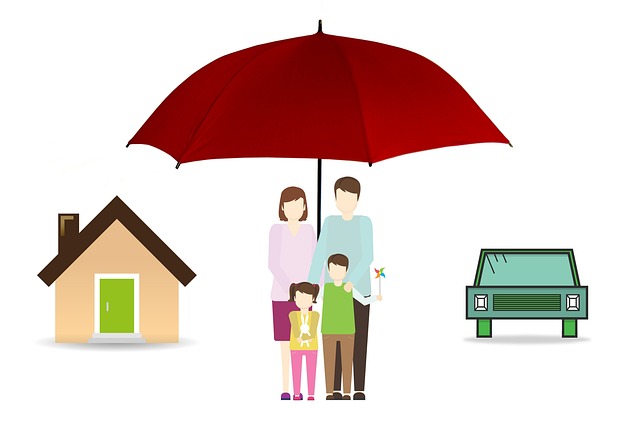The Future of Housing: Understanding Modern Prefabricated Homes
Prefabricated homes represent a revolutionary approach to housing construction, combining efficiency, sustainability, and modern design. These innovative structures are built in controlled factory environments before being transported and assembled at their final location, offering a blend of quality craftsmanship and accelerated construction timelines that traditional building methods cannot match.

Solar Integration and Energy Efficiency in Prefab Homes
Modern prefab homes increasingly incorporate solar technology and energy-efficient features from the design phase. Many manufacturers offer integrated solar panel systems, energy-efficient windows, and superior insulation as standard features. This focus on sustainability not only reduces environmental impact but also results in significant long-term cost savings for homeowners through reduced energy bills.
Exploring Prefab Bungalow Options
Prefab bungalows have become particularly popular among homeowners seeking single-story living solutions. These homes offer open-concept designs, accessibility features, and efficient use of space. Modern prefab bungalows can be customized with various floor plans, ranging from compact 800-square-foot designs to spacious 2,000-square-foot layouts.
Cost Considerations and Market Comparisons
| Prefab Home Type | Average Base Cost | Typical Time to Complete |
|---|---|---|
| Basic Bungalow | $150,000-$200,000 | 3-4 months |
| Solar-Equipped Home | $200,000-$300,000 | 4-5 months |
| Custom Luxury Prefab | $300,000-$600,000 | 5-6 months |
Prices, rates, or cost estimates mentioned in this article are based on the latest available information but may change over time. Independent research is advised before making financial decisions.
Benefits and Considerations of Prefab Home Ownership
Prefabricated homes offer several advantages, including shorter construction timelines, predictable costs, and quality control through factory construction. However, potential buyers should consider factors such as land acquisition, local building codes, and transportation costs. Additionally, while prefab homes historically faced some stigma, modern designs and building techniques have elevated their status in the housing market.
Modern prefabricated homes represent an innovative solution to housing needs, combining efficiency, sustainability, and contemporary design. As construction technology continues to advance and environmental concerns grow, prefab homes are increasingly positioned as a practical and attractive housing option for diverse homebuyers, from first-time homeowners to those seeking sustainable luxury residences.






